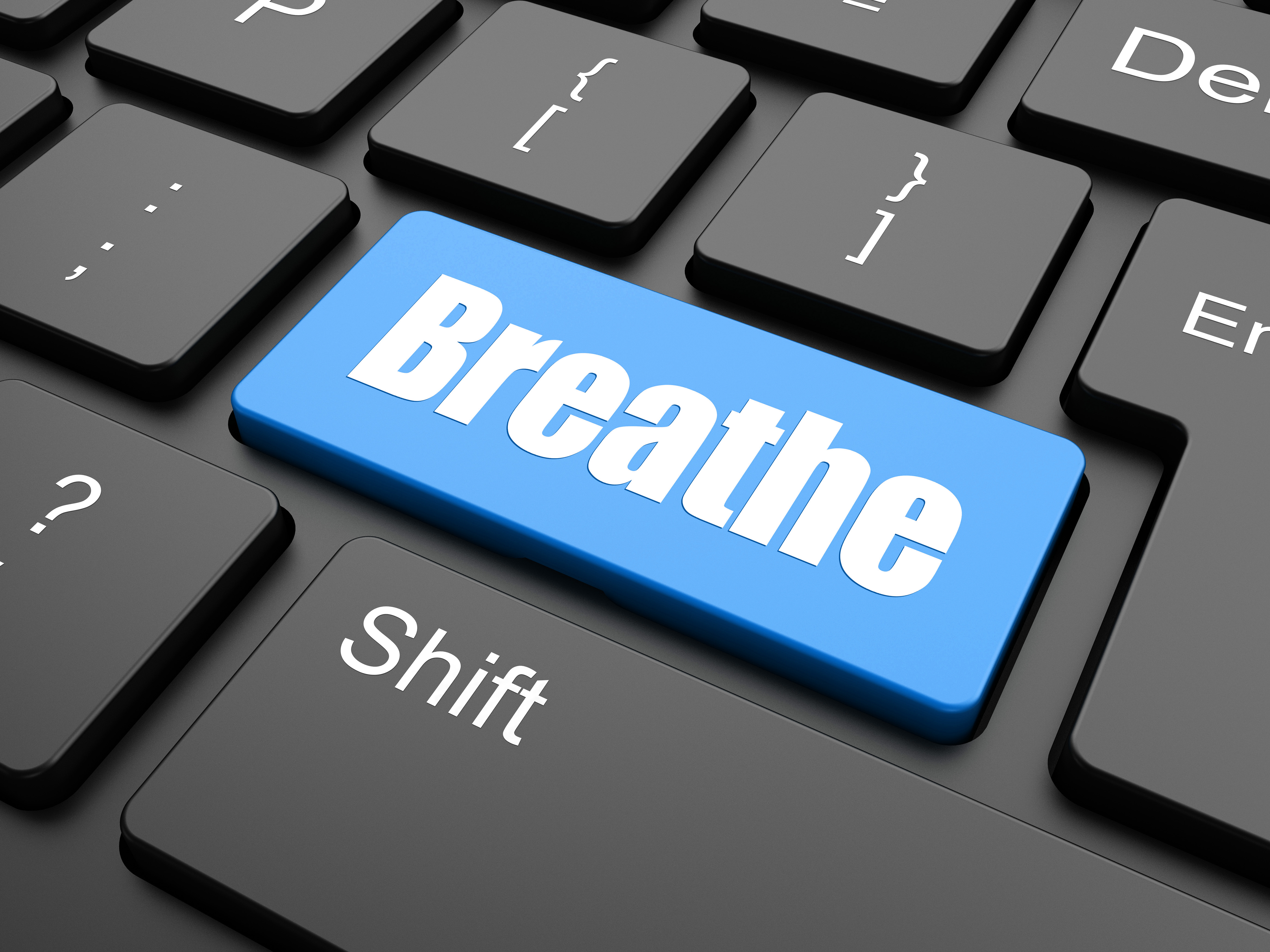Breathing, you would think, is the most natural thing we do. It’s something we don’t really pay attention to unless we feel breathless, have a cold or tight chest. We can become aware that we are not breathing properly after many hours sat at the computer, exercising or taking part in sports.
Breathing correctly works on many levels, physiologically, emotionally and physically. Difficulty breathing affects people of all ages from the very young to the very old. Poor breathing reduces energy, affects mental alertness and can make us feel anxious. Muscles around the neck and shoulders tighten and breathing becomes shallow. As we grow older, unless the act of breathing is ‘exercised’ ageing affects the reparatory system.
Mechanisms of respiration are integrated physiologically with the autonomic nervous system. The way we feel affects the way we breathe. When we feel stress, panic, fear or are threatened, our breathing rate increases. Our body prepares to stand and fight or to run away. Blood and nutrients are sent to our major muscle groups, and our heart and lungs to aid speed and agility.
The Sympathetic pathway (SNS) of the autonomic nervous system, releases hormones such as cortisol and norpinephrine which increase heart rate and blood pressure. It is also acts as a neurotransmitter in the central nervous system elevating feelings of stress, often referred to as ‘fight or flight’. The Parasympathetic pathway (PNS) releases hormones to slow heart rate, reduce blood pressure, strengthen the immune system and is most active when your body is at rest.
Rather like Dr Jekyll and Mr Hyde, the Sympathetic and Parasympathetic pathways function in opposition to each other, but are at the same time complementary in working towards balance within the autonomic nervous system. Remember how you felt the last time you needed to take a big deep breath? You probably felt tired or stressed and this is our bodies way of getting more oxygen to where it is needed and encourages us to slow down and breathe. Breathing practice creates a state of relaxation in our body, and relaxing activates the PNS.
It’s not magic, and anyone can learn to balance the ANS and PNS through consciously learning to breathe properly, and allowing the respiratory system to work more effectively. This is why so many stress management courses involve breath work, meditation and mindful relaxation practice. It’s effective, does not involve taking drugs and you can learn to do it yourself.
For help and guidance on learning to breathe you can purchase my CD, ‘Integrative Relaxation Therapy and Pain Management’ which has a number of tracks to help you reduce tension in your body, one of which is a short track to help you reduce stress at work.
Relax and Enjoy!


